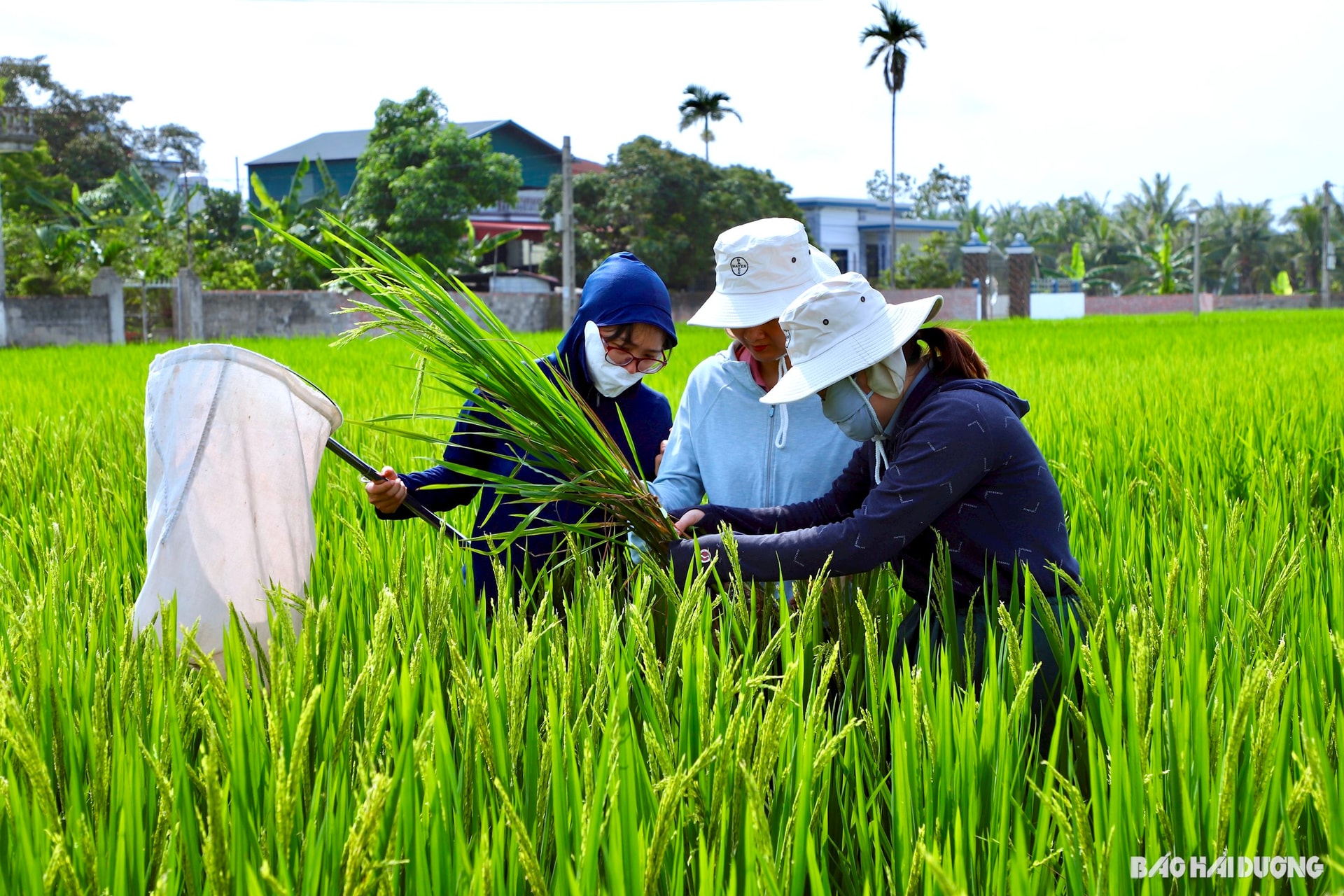
'Sell your face to the earth, sell your back to the sky'
It was a weekday but the Department of Cultivation and Plant Protection of Hai Duong province had only Head Pham Duc Loc sitting alone. "From early morning, the entire team of officers and engineers went to the fields. If I hadn't made an appointment to wait for you, I would have been in the fields by now," Loc explained.
At the field of Le Do village, Kim Anh commune (Kim Thanh), 6 engineers from the provincial Department of Cultivation and Plant Protection and the Agricultural Service Center of Kim Thanh district are wading through the fields, peeling each rice leaf to investigate and collect samples of pests. On a summer morning, the sun is shining brightly, making their work even more difficult.
After a period of investigation, their clothes were covered in mud and sweat soaked their shoulders, but they did not rest but sat discussing right on the edge of the field.
Mr. Bui Duy Dong, engineer of the Department of Crop Production and Plant Protection of the province, said: "Similar to some fields we have investigated, the density of butterflies and larvae that damage rice in this field is very high. I request the center to urgently issue a notice advising farmers to take preventive measures according to the instructions."
.jpg)
Mr. Dong is one of six engineers of the Department of Crop Production and Plant Protection of the province, in charge of Kim Thanh, Thanh Ha districts and Kinh Mon town. Normally, Mr. Dong goes to the field twice a week. This is the peak period for pest control, so the number of field trips has doubled. With an old motorbike, regardless of the sun or rain, he travels around the fields to investigate the disease.
"Each time I go to the base, I have to travel 50 - 60 kilometers. During the recent April 30 and May 1 holidays, I did not take a day off but still went to the fields to work. This season, pests and diseases develop and damage rice very strongly. It only takes 1 - 2 days for the disease to become complicated and unpredictable, so we cannot be negligent. We have to go, have to go to the fields to assess the situation and advise farmers on effective prevention," Mr. Dong shared.
Seeing the engineers going to the fields, Mrs. Phung Thi Quy, who was tending to a nearby rice field, ran over to ask for advice on pest control. Mrs. Quy is old and somewhat hard of hearing, so she could barely understand the information on pest control on the loudspeaker. Luckily, she occasionally met the engineers going to the fields to ask.
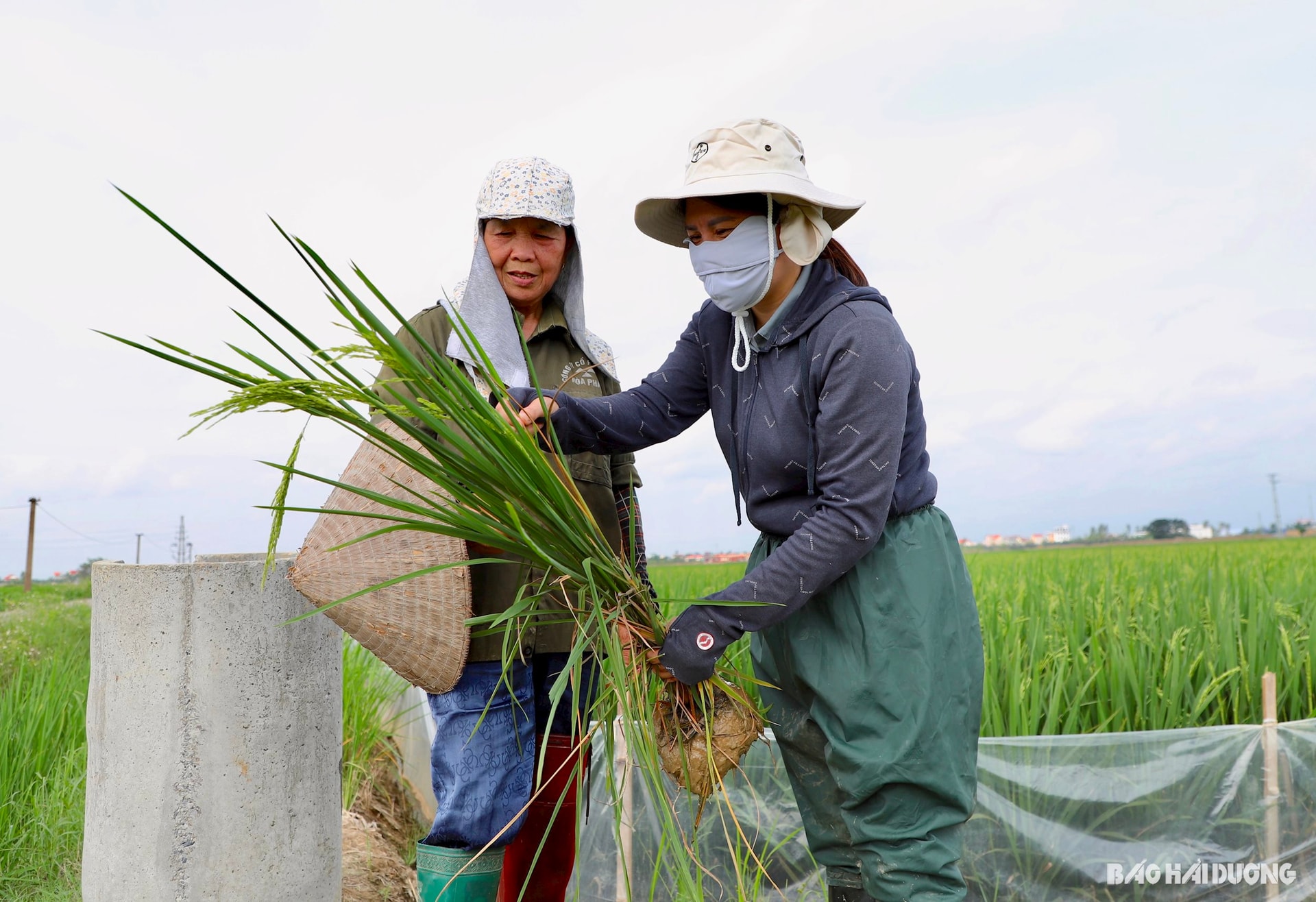
Leaving Kim Thanh district, I continued to follow Mr. Loc to investigate plant pests in Kinh Mon town. On the way, Mr. Loc said that in addition to rice, Hai Duong also has a variety of other crops such as lychee, longan, guava, custard apple, grapefruit, banana, carrot, corn, chili, squash, pumpkin, onion, garlic, green vegetables of all kinds... Pests and diseases often appear and cause damage to all of these crops. Particularly for rice, the peak season for pests and diseases usually occurs from April to the end of May and from August to the end of September.
While weather and hydrological forecasting are supported by machines, pest and disease forecasting is mainly done manually. When going to the fields, engineers must bring rackets, goggles, straws, trays, plastic bags, and sample containers. They must go to many fields to investigate, record data, and coordinate with colleagues in charge of other areas to evaluate and make recommendations for pest and disease prevention that are appropriate to the situation.
"Regardless of the weather, the more stormy it is, the more we have to go. Our job is not only to investigate and recommend disease prevention, but also to go and check the situation to see if the damaged crops are flooded or broken due to storms so that we can advise on restoring production," Mr. Loc added.
Occasionally, Mr. Loc's phone rang. On the other end of the line were engineers from the Agricultural Service Centers, garden owners calling to ask for advice on types of pesticides, spraying times for rice and some types of plants such as lychee and longan. He happily and enthusiastically advised.
It is impossible to count all the types of pests that harm crops. There are dozens of them on rice alone, such as leaf rollers, stem borers, blast disease, bacterial leaf spot, brown planthopper, white-backed planthopper... I wonder how engineers can grasp and distinguish all those types of pests.
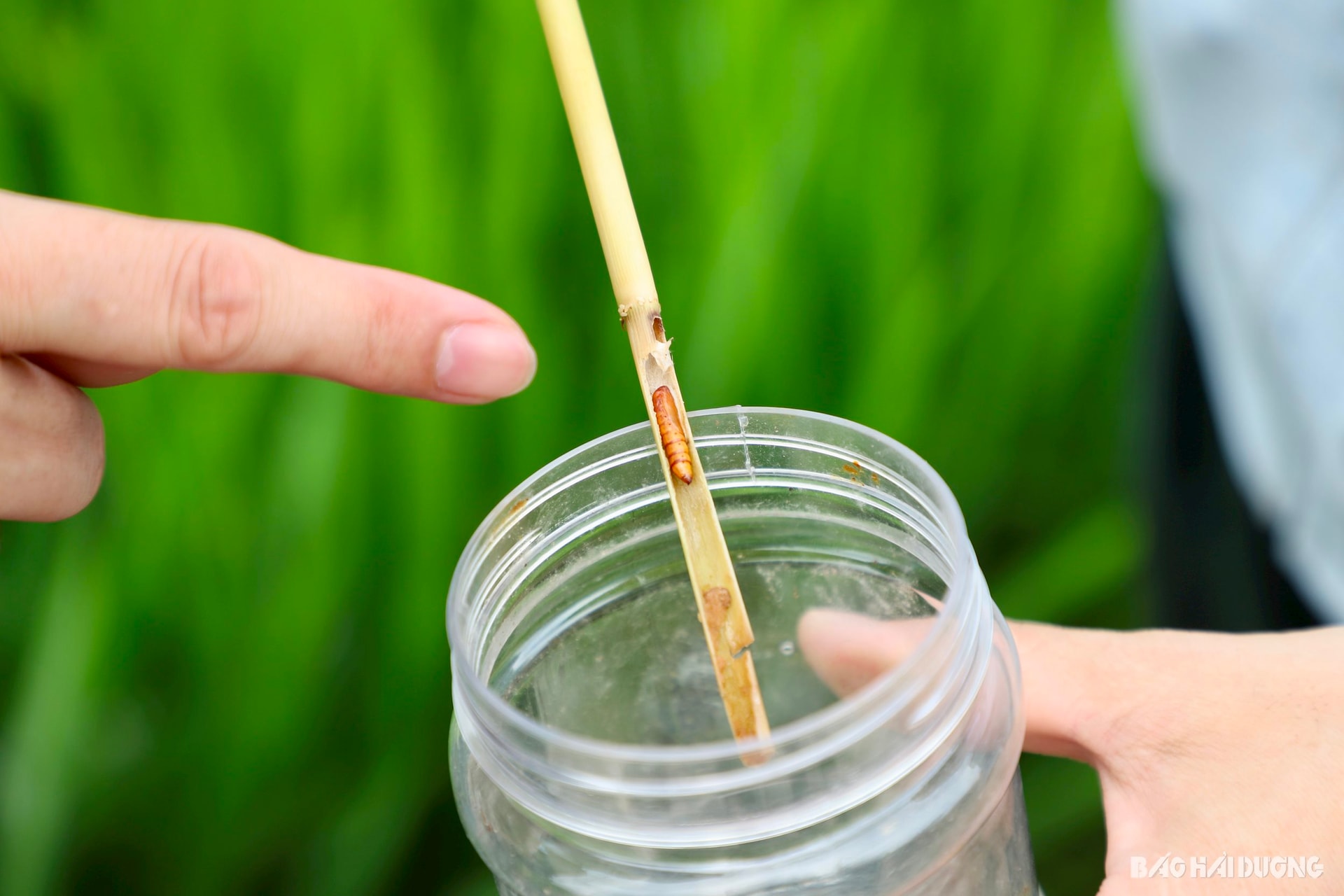
Mr. Loc explained that engineers have basically been trained in how to identify pests, except for newly emerging pests. During their work, they continue to learn from practice, receive guidance from senior colleagues, and attend training courses, so gradually they can tell what disease the plant has just by looking at the symptoms.
At the fields of An Phu ward, I met Ms. Nguyen Thi Lan, an engineer at the Agricultural Service Center of Kinh Mon town, who was busy investigating the leaf rollers that are harmful to rice. She was assigned to investigate pests on more than 2,000 hectares of production land in 7 communes and wards, including: An Phu, Le Ninh, Bach Dang, That Hung, An Sinh, Pham Thai, and Hiep Son.
The area in charge is large, so Ms. Lan has to go to the fields almost 3-4 days a week. Every day, she goes to 7 communes and wards to investigate and assess the situation of pests and diseases. She has been in the profession for more than 20 years.
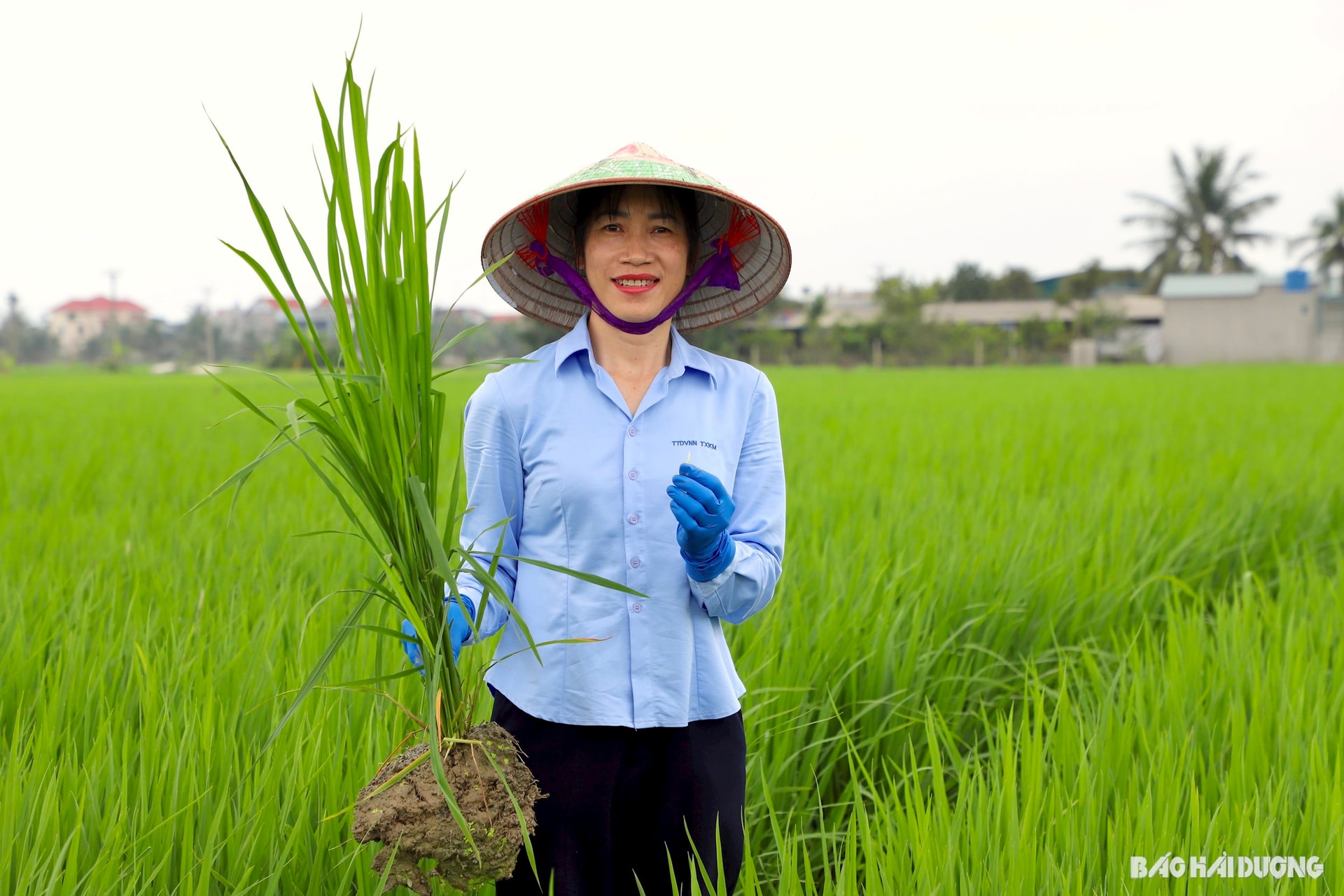
"I can grasp all the characteristics, emergence period, growth cycle, density... of pests and diseases on crops. However, to properly assess the situation and advise on effective and targeted prevention, I still have to go to the fields. The work is hard but I am happy because pests and diseases on crops are always well controlled," said Ms. Lan.
Looking for worms under the leaves
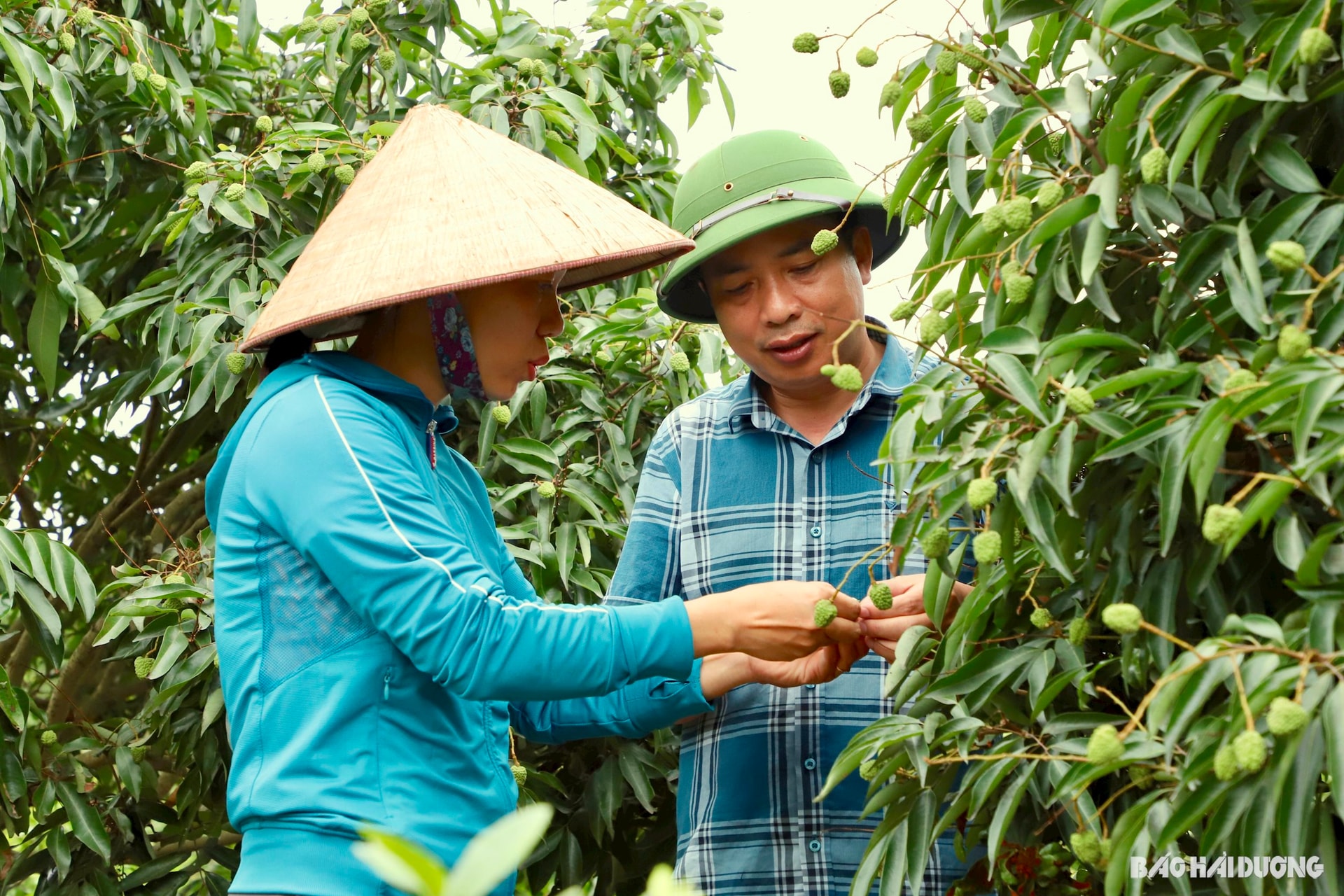
At noon, I returned to the lychee garden in Thanh Tan commune (Thanh Ha) with Mr. Loc. While most farmers had gone home to rest, Ms. Pham Thi Thom, Deputy Director of the Thanh Ha District Agricultural Service Center, and two other engineers were still diligently searching for worms in the leaves.
At this stage, the lychee trees are in the fruit-bearing period, so seed borers, stem borers, etc. cause a lot of damage. Showing me a young lychee with seed borers, Ms. Thom said: "If we do not detect this and advise people on timely prevention, the risk of reducing the yield and quality of the lychee will be very high, affecting the export and growth targets of the locality. The area of lychee, rice and other fruit trees in Thanh Ha is large, but the number of engineers is small, so we have to make the most of our working time."
Thanh Ha district has 3,285 hectares of lychee, 900 hectares of rice and thousands of hectares of guava, kumquat, longan, banana, grapefruit... Because Thanh Ha District Agricultural Service Center only has 3 plant protection engineers, the workload is very large, each person has to be in charge of 5-6 communes.
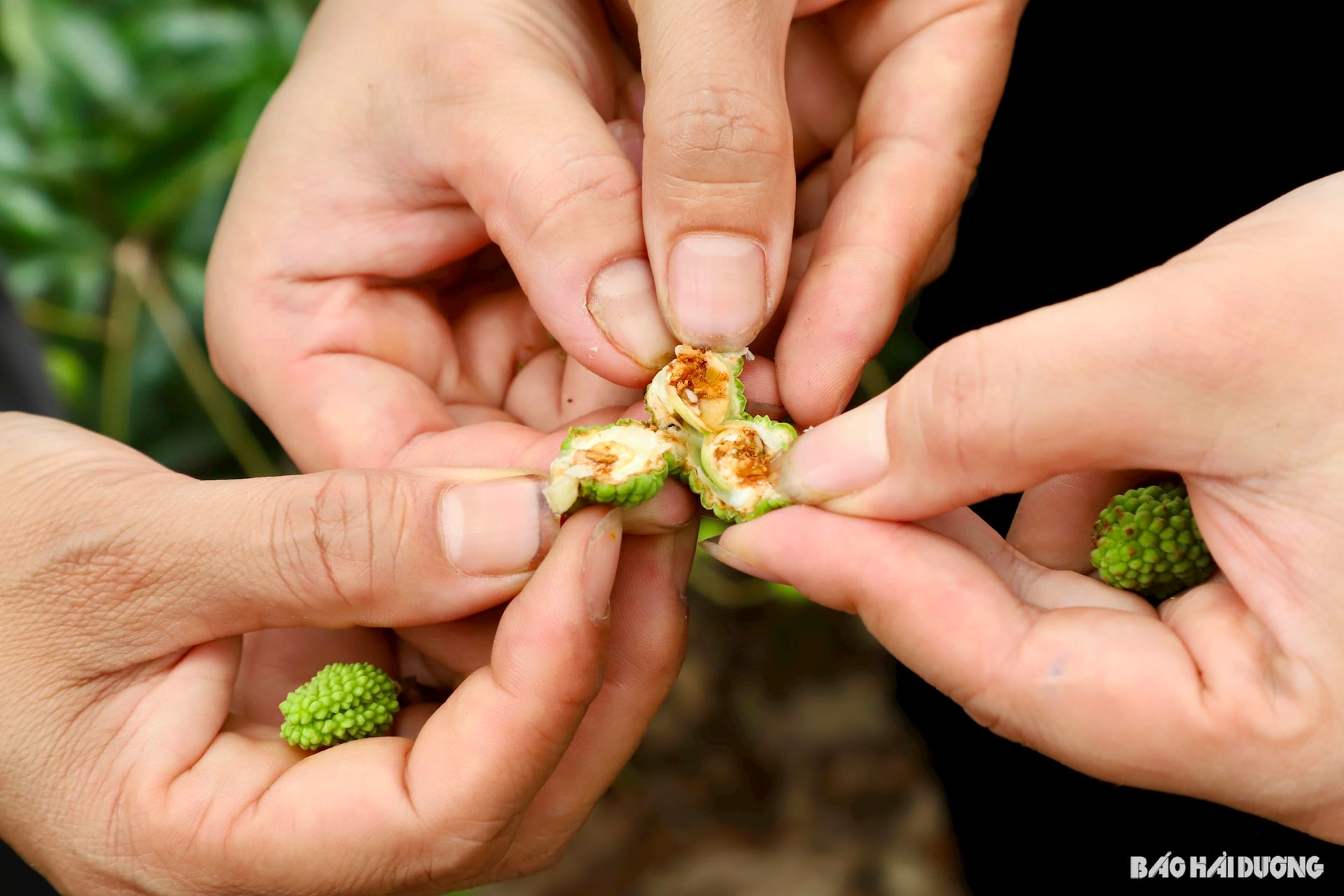
This is the peak period for pest and disease prevention on lychee, longan and rice, so engineers are present in the fields almost every day. Rain or shine, they are still diligently staying in the fields, staying in the fields to investigate, plan, forecast, and guide farmers to use pesticides according to the permitted list, ensuring effectiveness, safety, and environmental protection. After the recommendation, engineers often return to check whether farmers have taken precautions according to the instructions or not, and whether they are effective. From there, they gain experience for planning and forecasting for next year.
By following the rice fields for many years, the team of plant protection engineers in Hai Duong has a firm grasp of the crop areas that are frequently damaged by pests and diseases. After many years of monitoring, the engineers discovered that in Ninh Giang district, there were many areas growing BC15 rice that were severely infected with rice blast disease. They advised the government to replace it with VNR 20 rice variety (a hardy variety), where rice blast disease rarely appeared.
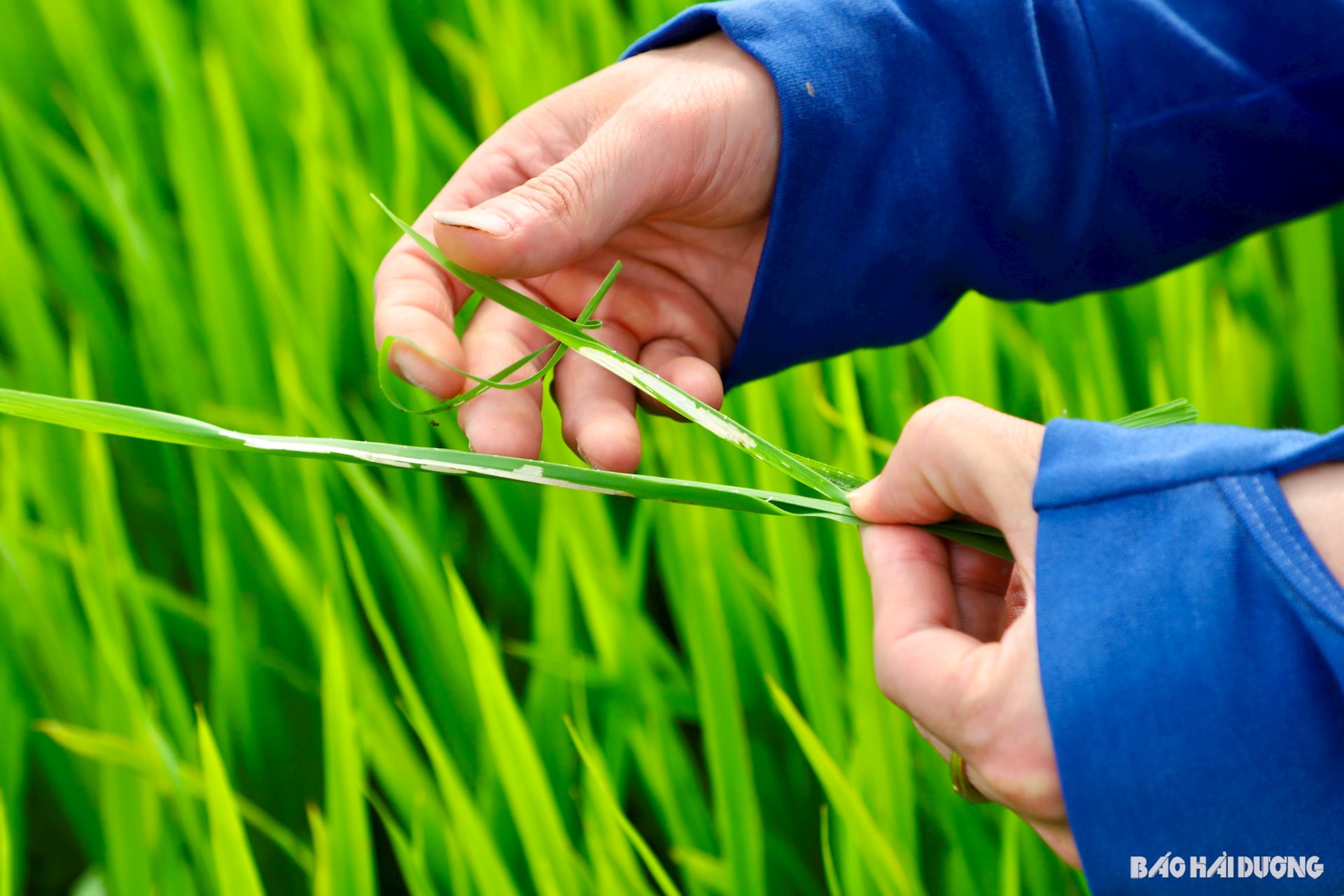
Many years ago, farmers in the two communes of Cao Thang and Tu Cuong (Thanh Mien) often planted Bac Thom No. 7 and BC15 rice varieties, which were often affected by leaf blight. Later, farmers were advised to replace them with other more suitable varieties, so the rate of rice infected with leaf blight decreased significantly. The areas of Binh Giang, Cam Giang districts, and Chi Linh city often have high density of brown planthoppers that damage rice. Engineers determined that these localities planted later than other places (still within the crop time frame), so at the end of the crop, brown planthoppers often gathered in these places, so early prevention recommendations must be made...
Pests and diseases that harm crops are increasingly developing and becoming more complex due to changes in the environment, weather, and large land use coefficients... Plant protection engineers, in addition to staying close to the fields, must also regularly update their knowledge through specialized training courses to be able to do a good job of controlling diseases.
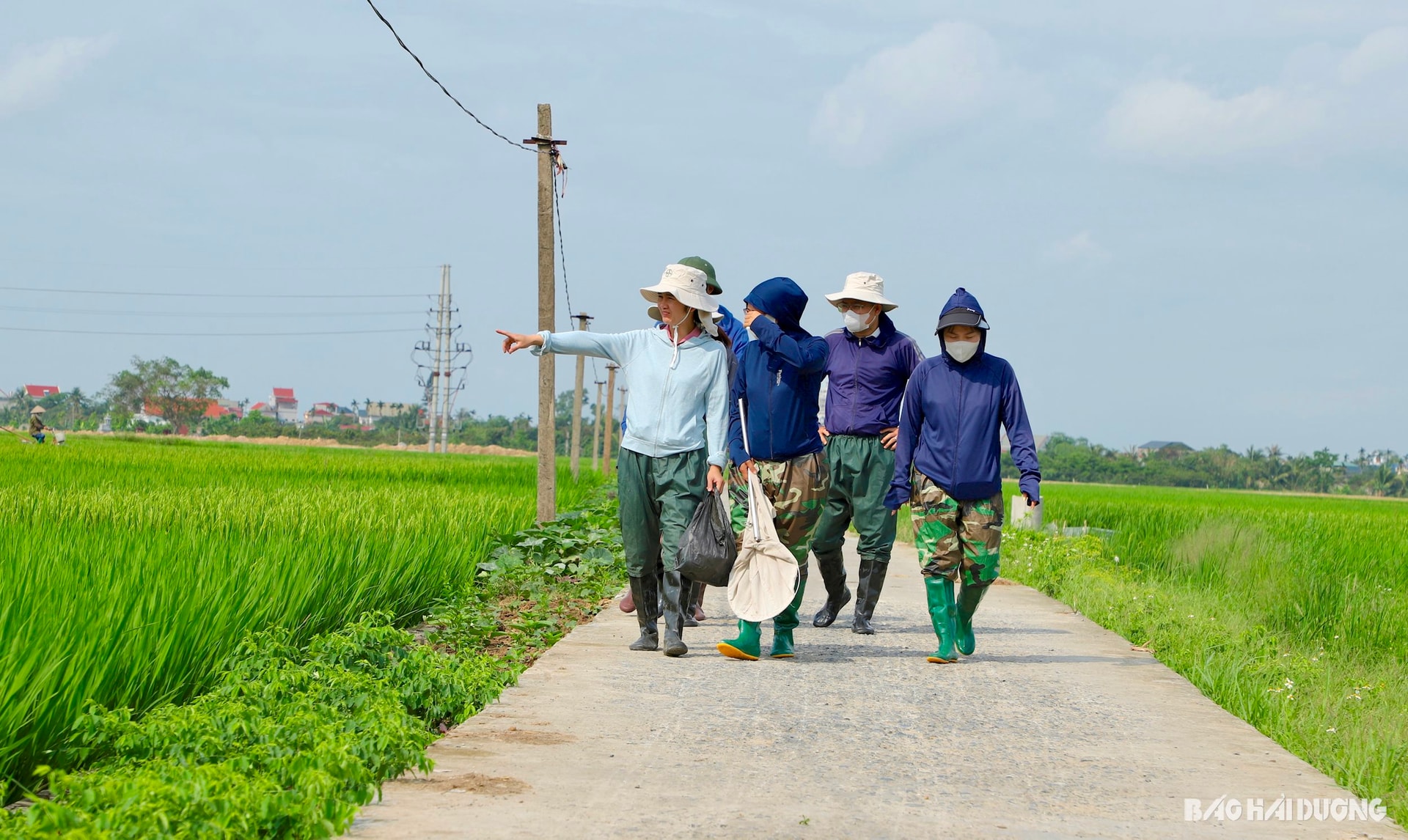
After 12 noon, the engineers at the Thanh Ha District Agricultural Service Center temporarily put their work aside to return home for a rest. Apart from their basic salary, this team has no other source of income. The nature of the work is so hard that female engineers have little time to take care of their beauty and family. However, they still stick to the fields, devoted and responsible for the assigned work.
I will always remember what engineer Pham Thi Dung said at parting: "I work hard, but when people have a good harvest, I am happy. That is the greatest benefit for those who follow this profession."
DAWNSource: https://baohaiduong.vn/nhung-ky-su-bam-dong-bat-benh-cho-cay-trong-411602.html


![[Photo] General Secretary To Lam visits exhibition of achievements in private economic development](https://vphoto.vietnam.vn/thumb/1200x675/vietnam/resource/IMAGE/2025/5/18/1809dc545f214a86911fe2d2d0fde2e8)


![[Photo] National conference to disseminate and implement Resolution No. 66-NQ/TW and Resolution No. 68-NQ/TW of the Politburo](https://vphoto.vietnam.vn/thumb/1200x675/vietnam/resource/IMAGE/2025/5/18/adf666b9303a4213998b395b05234b6a)

![[Photo] More than 17,000 candidates participate in the 2025 SPT Competency Assessment Test of Hanoi National University of Education](https://vphoto.vietnam.vn/thumb/1200x675/vietnam/resource/IMAGE/2025/5/17/e538d9a1636c407cbb211b314e6303fd)
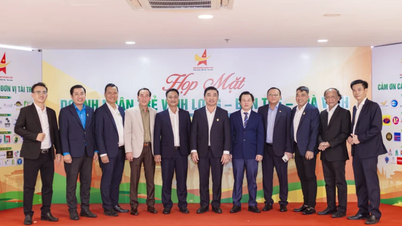

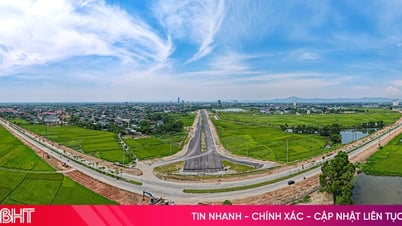







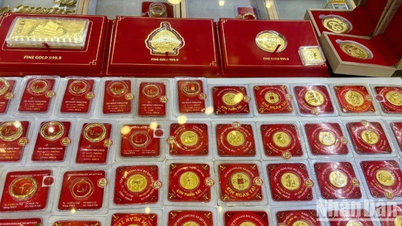





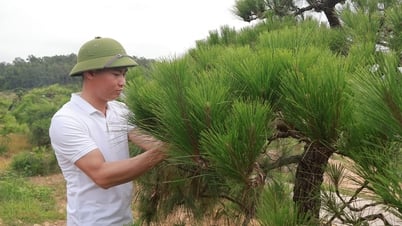
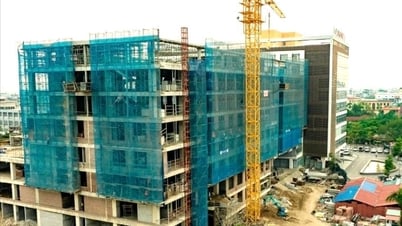
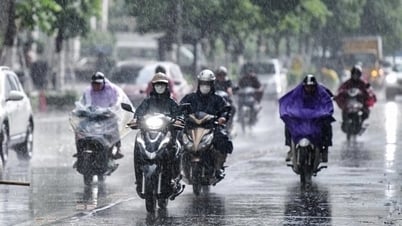
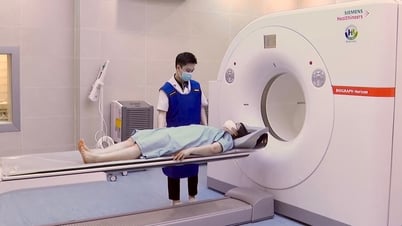


![[Photo] Prime Minister Pham Minh Chinh chairs meeting on science and technology development](https://vphoto.vietnam.vn/thumb/1200x675/vietnam/resource/IMAGE/2025/5/17/ae80dd74c384439789b12013c738a045)















































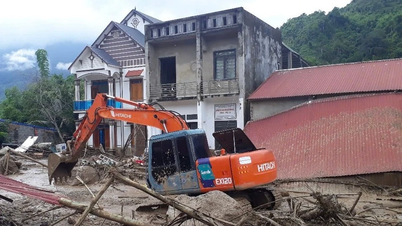

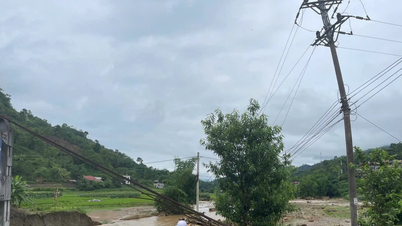
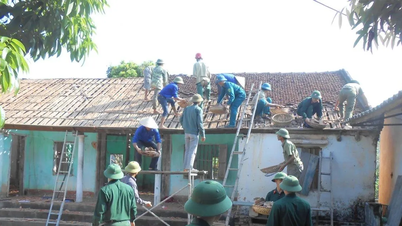
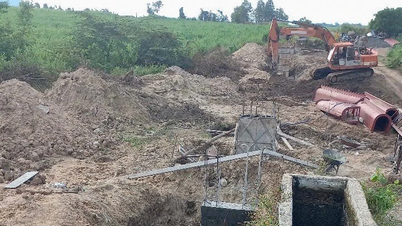
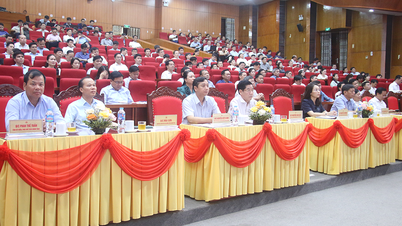










Comment (0)